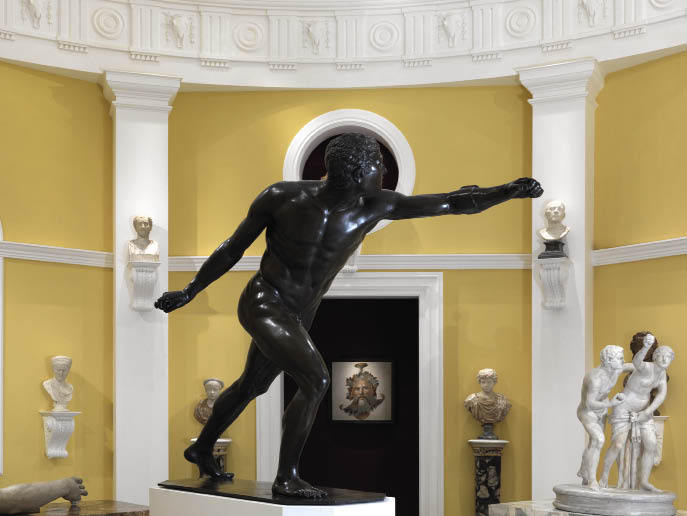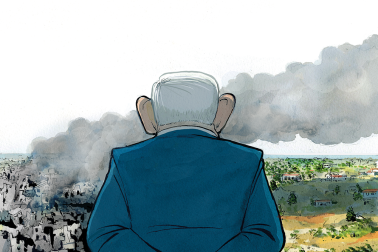It is a critical moment for the Biennale des Antiquaires in Paris — and for the French art trade.
It is a critical moment for the Biennale des Antiquaires in Paris — and for the French art trade. For this year’s edition of this most august art and antiques fair (which ended last week) — ostensibly celebrating its 25th anniversary — came as a real shock. It was not that the fair was poor; it was simply underwhelming. How can it be that this once peerless event is no longer distinguishable from any other good international fine art and antiques fair?
First, there was only a handful of outstanding stands — Phoenix Ancient Art, Vallois, Gisele Croes, Kraemer, Bernard Dulon and Christian Deydier among them — and a great deal of exhibited material was already familiar. Where once distinguished works of art were unveiled with flair and theatricality, the lion’s share of the exhibits was presented rather apologetically along aisles resembling nothing so much as a shopping mall. Why fight against a building as spectacular as the Grand Palais? Why offer a pale imitation of Maastricht?
Instead of the traditional proud celebration of the illustrious cultural heritage of France in particular, and the decorative arts in general, there seemed precious little in the way of French furniture and applied arts, and the conspicuous sprinkling of contemporary art at every turn just seemed to scream defeat, an apparent admission that the antiques dealers of France no longer believe in their heritage or their stock. For bravura style, confidence and attention to detail — I can hardly believe I am writing this — the new Masterpiece fair staged in London in June knocked it into the proverbial cocked hat.
Spectacle and bella figura were to be found in Paris in September, but off-site. The Kugels’ Anticomania exhibition, designed by Pier Luigi Pizzi, is a tour de force (until 18 December). It brings together some 200 objects in a great variety of media, monumental and minute, Antique and modern, all of which were selected and presented with consummate care. Each reflected some aspect of the passion for Greek or Roman art that has dominated Western culture since the Renaissance. Many of the exhibits had never previously been seen on the art market, and had illustrious provenances, to boot. The ‘Kinnaird’ mosaics, for instance, two masks of Oceanus, were part of a 2nd-century AD mosaic floor in a Roman villa uncovered in the presence of Lord Kinnaird and Lord William Bedford in 1823, and the two friends bought it. Part is still to be found in Woburn Abbey; the masks went to Rossie Priory but were never installed.
Another show-stopper was Art3, the joint exhibition staged in the stunning Jean Nouvel gallery on the Quai Voltaire by the French antiquities dealer Chenel, the Swiss Old Master paintings specialist Charly Bailly and the English sculptor dealers, the Tomasso Brothers (until 30 October). Not only did each dealer present discoveries and important works of art but also objects that engaged with one another.
There were other outstanding gallery shows, too: Les Enluminures, for instance, offered France 1500: The Pictorial Arts at the Dawn of the Renaissance (until 28 November). All of the Parisian medieval art dealers, in fact, chose to stage shows in their galleries rather than take their usual stands at the fair. Galerie Canesso did both but chose the gallery as the venue to unite all the extant works of an all but unknown and fascinating 17th-century artistic personality, dubbed The Master of the Blue Jeans. It is one of best Old Master gallery shows I’ve seen in years (until 27 November).
There is a very real danger that such dazzling satellite events, individual or collaborative, will totally eclipse the sun that they orbit. Perhaps it is inevitable. Moreover, that sun is, by virtue of its grand and central Paris location, an especially costly event in which to participate. It is, of course, a particularly tough time to be in the antiques business. Nonetheless, the factional French trade is not known for its ability to work together for the common good. It must decide whether it wants a world-class fair, and how best it can attract a monied international audience. It is time for some soul-searching.






Comments